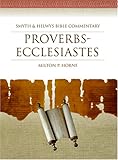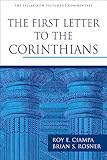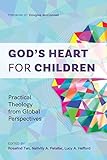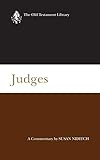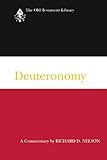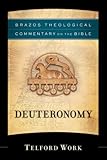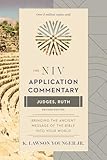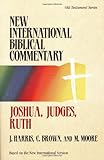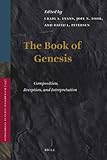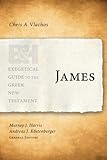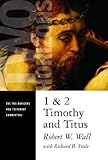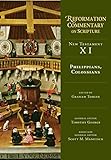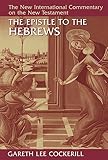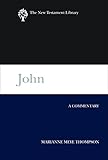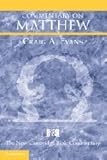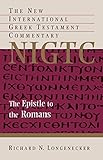The Parallel Structure of Proverbs (Record no. 34)
[ view plain ]
| 000 -LEADER | |
|---|---|
| fixed length control field | 02520nam a22001817a 4500 |
| 005 - DATE AND TIME OF LATEST TRANSACTION | |
| control field | 20220301063809.0 |
| 007 - PHYSICAL DESCRIPTION FIXED FIELD--GENERAL INFORMATION | |
| fixed length control field | ta |
| 008 - FIXED-LENGTH DATA ELEMENTS--GENERAL INFORMATION | |
| fixed length control field | 160812s2005 sa ||||fom| | 00| e eng d |
| 040 ## - CATALOGING SOURCE | |
| Transcribing agency | ZA-BrSAT |
| 100 ## - MAIN ENTRY--PERSONAL NAME | |
| 9 (RLIN) | 87 |
| Personal name | Gaultney, Monroe |
| 245 ## - TITLE STATEMENT | |
| Title | The Parallel Structure of Proverbs |
| 260 ## - PUBLICATION, DISTRIBUTION, ETC. | |
| Place of publication, distribution, etc. | Johannesburg, South Africa |
| Name of publisher, distributor, etc. | South African Theological Seminary |
| Date of publication, distribution, etc. | 2005 |
| 300 ## - PHYSICAL DESCRIPTION | |
| Extent | 178p |
| Other physical details | |
| Dimensions | A4 |
| Accompanying material | Table of contents. Bibliography. |
| 502 ## - DISSERTATION NOTE | |
| Degree type | Master of Theology (Mth) |
| Name of granting institution | South African Theological Seminary |
| Year degree granted | 2005 |
| Supervisors | |
| 520 ## - SUMMARY, ETC. | |
| Summary, etc. | This paper is intended to be a part of a textbook for learning how to communicate in the Biblical fashion of parallelism. The research question was threefold: Can systematic methodologies be developed that equips ministers to better understand the Biblical message by learning Hebrew literary devices such as proverbs and parallelism? In learning this methodology, can the minister become familiar enough with the literary devices Jesus favored in order to use them? Is there an exegetical benefit to recognizing the form as well as the content?<br/><br/>To accomplish this, chapter one offers a summary of scholarly research dealing of the origin and use of proverbs in Ancient Israel, and chapter two defines and explains the many facets of proverbs and the poetic parallelism that sets it apart in scripture.<br/><br/>Chapter three provides step-by-step instructions for discovering parallelism in the Bible. The reader accompanies the author in the analysis of John 1:1-18 in the search of various forms of parallelism, and experiencing the exegetical benefit of understanding the form in which so much Biblical truth is transported. Chapter four highlights the conclusions and contributions this work makes to homiletics and Biblical andragogy. The main reason for attempting to understand and use the forms and literary style of ancient Israel’s teachers is simply this: Jesus did.<br/><br/>The reader should keep the following things in mind when reading this text. 1) The teaching and writing style are directed at practitioners rather than scholars. 2) This study presupposes that form and content are inseparable. 3) This text concerns itself with the structure and use of poetic parallelism only. The use of parallelism in Biblical prose is not addressed.<br/><br/>It is hoped that a greater awareness and understanding of the literary devices Jesus used will inspire a deeper appreciation for them, as well as a desire to use them. |
| 650 #0 - SUBJECT ADDED ENTRY--TOPICAL TERM | |
| 9 (RLIN) | 12 |
| Topical term or geographic name entry element | Apocryphal books (Old Testament) |
| General subdivision | The book of Proverbs |
| 942 ## - ADDED ENTRY ELEMENTS (KOHA) | |
| Source of classification or shelving scheme | Dewey Decimal Classification |
| Koha item type | Thesis |
| Withdrawn status | Lost status | Source of classification or shelving scheme | Damaged status | Not for loan | Collection code | Home library | Current library | Shelving location | Date acquired | Barcode | Date last seen | Uniform Resource Identifier | Price effective from | Koha item type |
|---|---|---|---|---|---|---|---|---|---|---|---|---|---|---|
| Dewey Decimal Classification | Electronic Holdings | South African Theological Seminary | South African Theological Seminary | Online Resource | 08/12/2016 | SATSPG16080009 | 08/12/2016 | https://sats-dspace.s3.af-south-1.amazonaws.com/Theses/THESIS_MTH_2006_GaultneyM.pdf | 08/12/2016 | Thesis |

